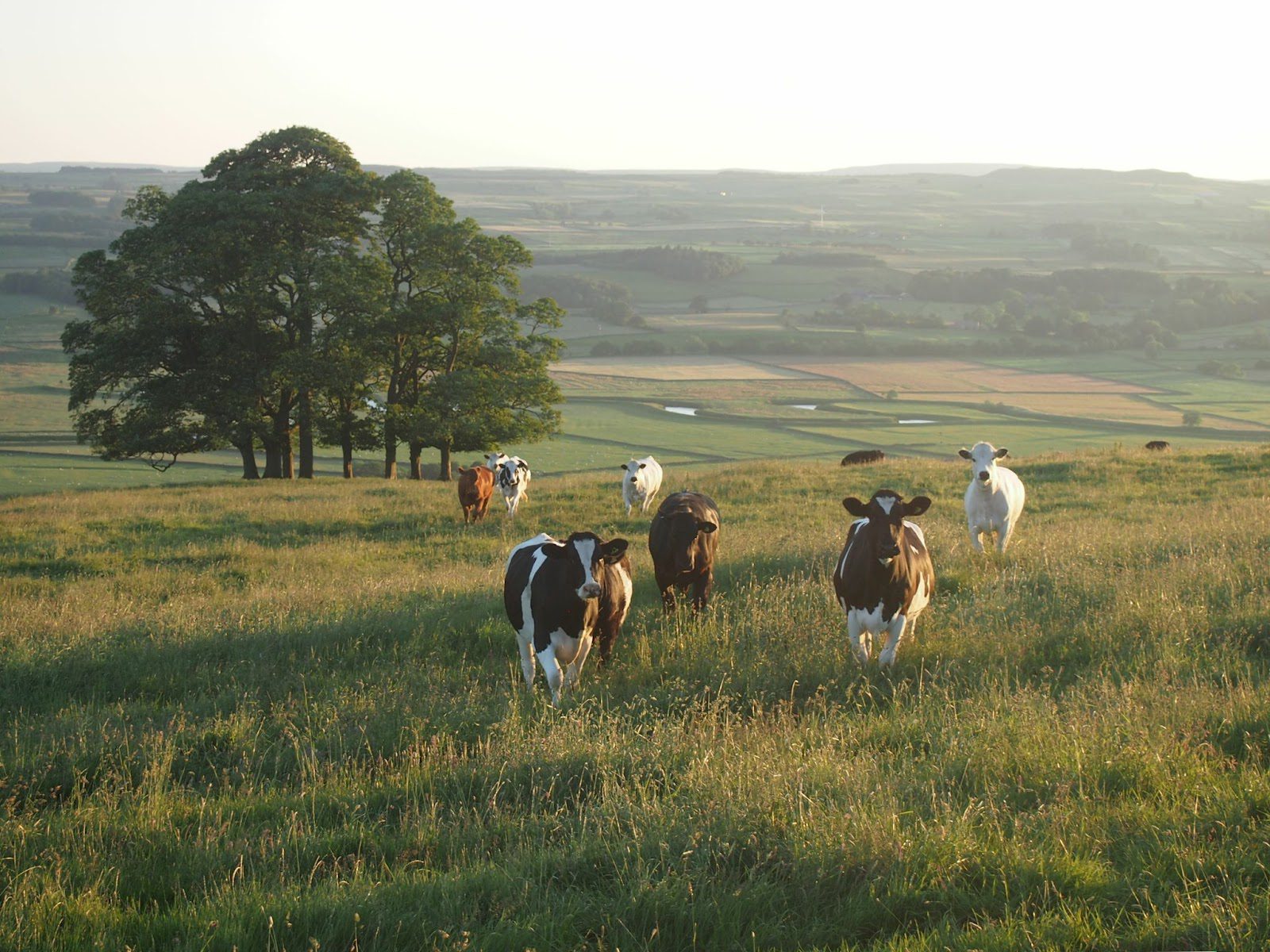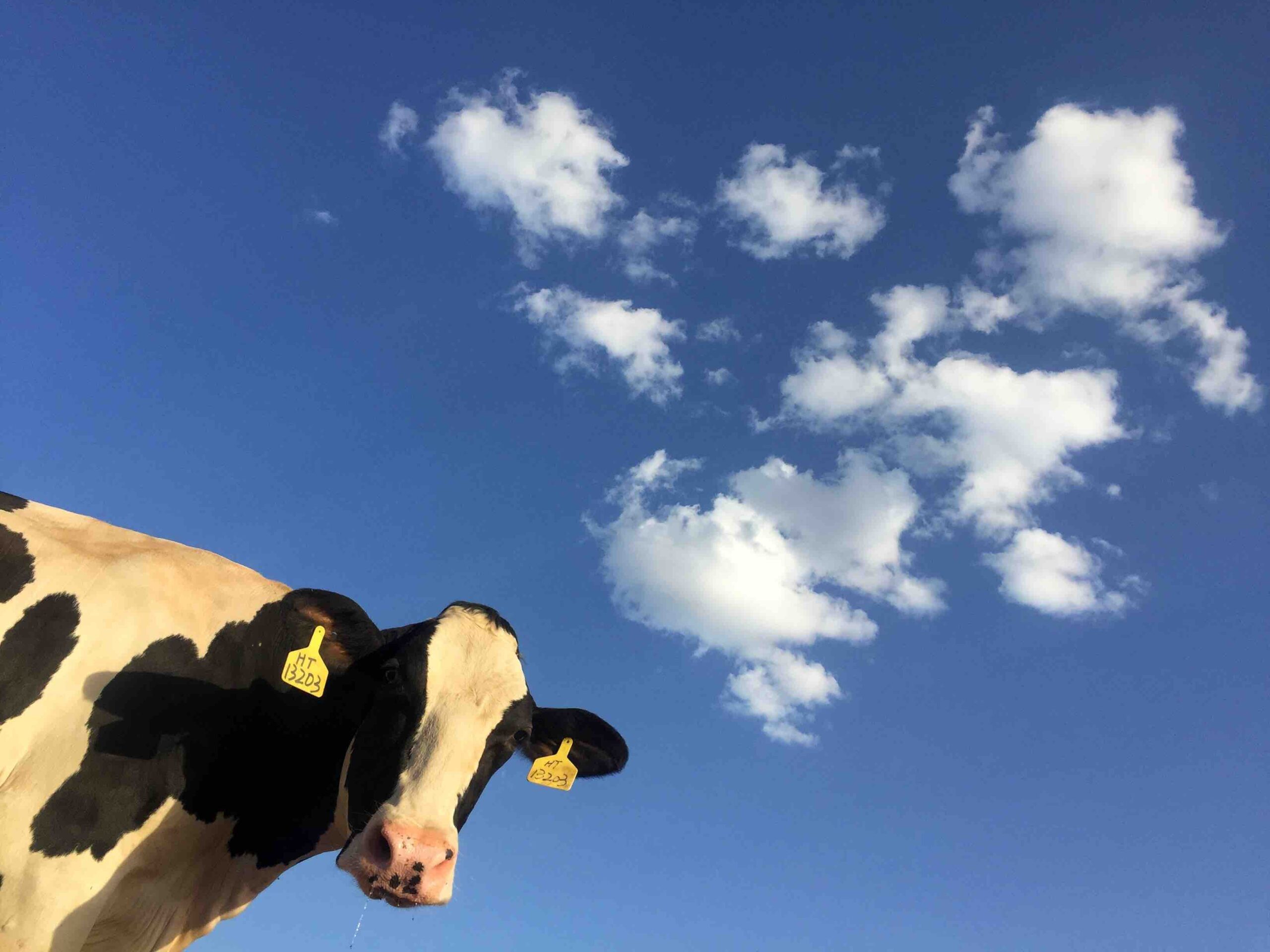Cow burps make up 37% of greenhouse gases (GHG) from agriculture. The U.S. Environmental Protection Agency says one heifer can produce 154–264 pounds of gas annually. Though reports vary, it is believed around 14.5% of global methane emissions originate from livestock.
Agricultural conglomerates are under more pressure to find solutions to reduce these GHGs, but doing so has been challenging. A Canadian genetics firm has an idea: Why not breed cows with low methane emissions?
Semex — based in Guelph, Ontario, Canada, and Madison, WI — developed the first commercially available bull semen with a low-methane gene included. The company announced the news in January, citing increased pressure from social and political outlets for agriculture to reduce emissions from cattle.
In a news release, Semex says this genetic solution “can reduce methane emissions 20–30% by 2050.” That’s equivalent to a 1.5% reduction annually.
We’re already seeing it in use. Reuters caught up with Ben Loewith of Lynden, Ontario, one of the first recipients. He artificially inseminated around 107 cows with the low-methane semen in June. He expressed optimism with Semex’s product, seeing how it can help as long as it doesn’t harm the animals.

Photo Courtesy Jakob Ben Cotton
Farmers and dairies in the U.S., the U.K., and Slovakia also bought the product.
Semex’s development phase used the work of Lactanet, Canada’s milk-recording agency. In April, it released an evaluation report. It measured emissions from nearly 60% of Canada’s dairies, agreeing that low methane genes can help substantially.
In addition, the University of Guelph and the University of Alberta commissioned a research paper comparing genetic information between captured methane and milk samples. Though the study concluded cow burps vary by severity, the low-methane gene could lower emissions for several generations of heifers. Lactanet used this study during its evaluation report.
“For over five years, Canada’s milk recording organizations, now under Lactanet, collected over 13 million milk mid-infrared (MIR) spectroscopy records,” Dr. Michael Lohuis, Semex’s VP of Research & Innovation, said in a news release. “Over seven hundred thousand first lactation MIR records were analyzed by Lactanet geneticists in order to predict methane emissions for milk-recorded cows across Canada. The results showed that you can substantially reduce methane emissions with genetic selection.”
The Canadian government is considering incentivizing farmers to breed low-methane cattle in addition to other GHG reduction efforts. No laws have passed at the time of writing.
Back in the States, scientists at the University of California, Davis, and UC Berkeley have teamed up to edit methane-causing microbes out of a cow’s stomach.
Professors Ermias Kebreab, Matthias Hess, Jennifer Doudna, and Jill Banfield believe the CRISPR machine can remove these microbes from a cow’s genetic code.

Photo Courtesy Jakob Ben Cotton
Funded by TED’s Audacious Project, this group of top academics is working to see if this solution is viable. Kebreab has conducted seminars about using seaweed in feed to reduce harmful cow burps at TED Talks. Doudna won a Nobel Prize in 2020 for her work in developing CRISPR genome-editing tech. Banfield has earned accolades for her work in microbiology.
“We’re trying to come up with a solution to reduce methane that is easily accessible and inexpensive, without restrictions or limitations, and that can be made available not only to California but globally,” Hess said to UC Davis’ “In Focus.” The hope is they can build on this progress to develop other solutions like oral treatments for calves’ microbial systems.
Though low-methane breeding is quite appealing, other scientists are urging caution. Removing the gene may cause stomach problems for heifers. However, many farmers are excited about the prospect of fewer emissions from cattle. “Genetic change is permanent and cumulative across future generations, so it can add up to substantive reductions,” Lohuis told Reuters. “This is certainly not the only tool dairy producers can use to reduce methane on-farm, but it may be the simplest and lowest-cost approach.”





